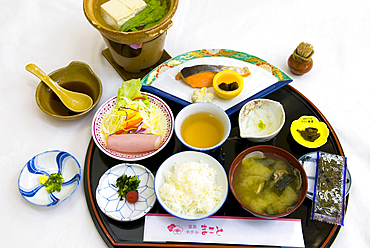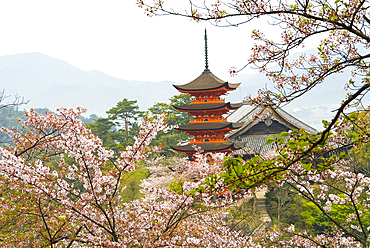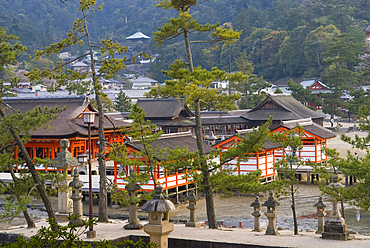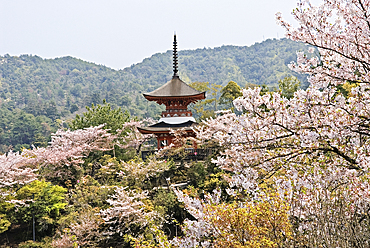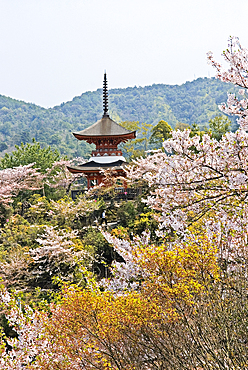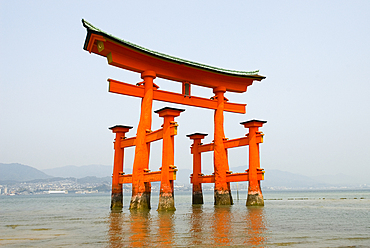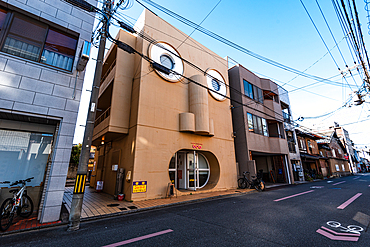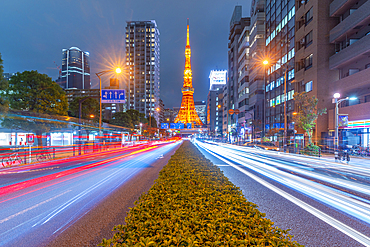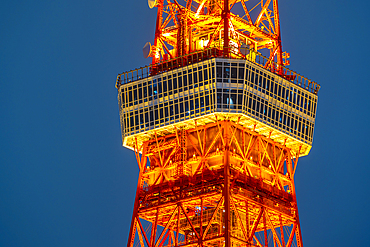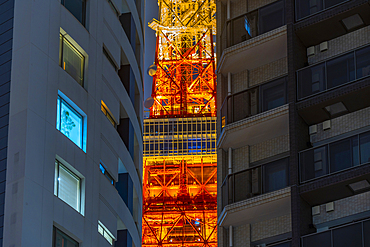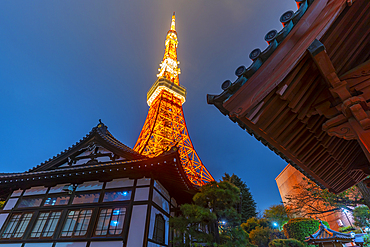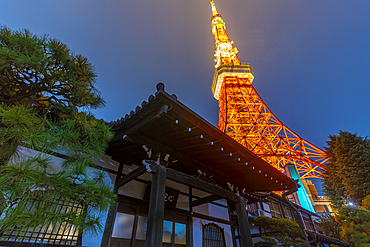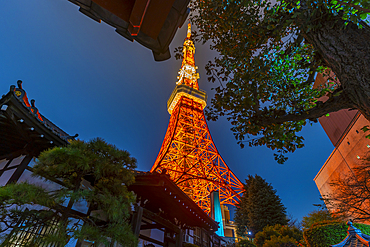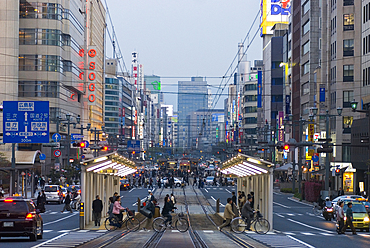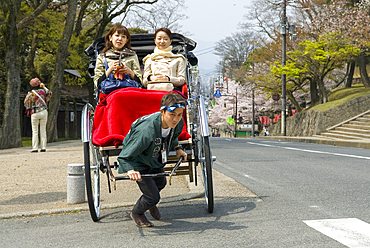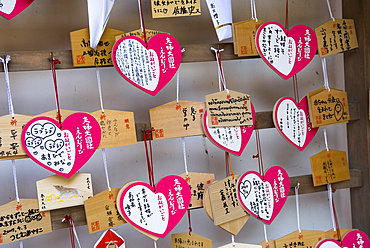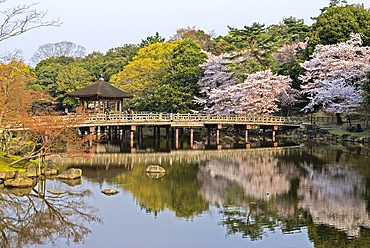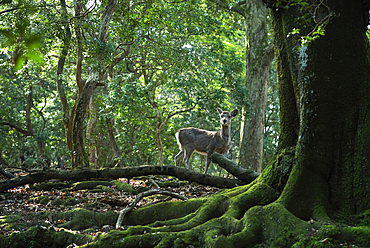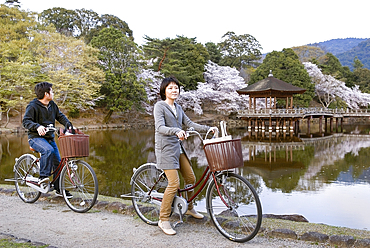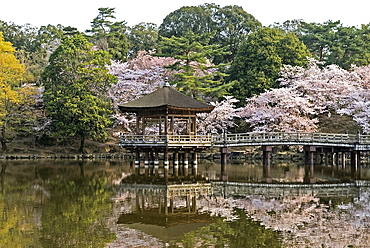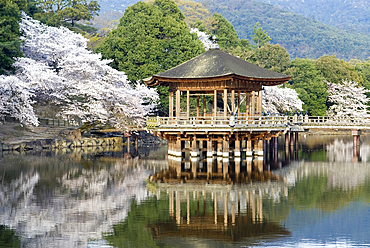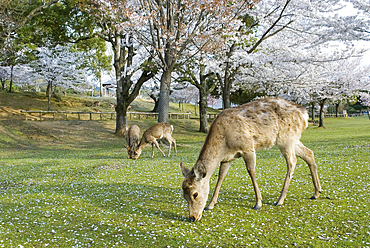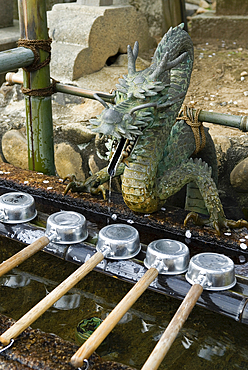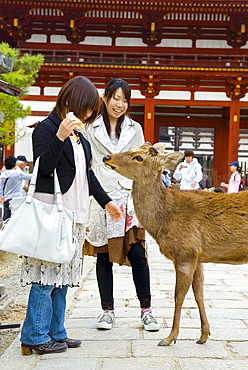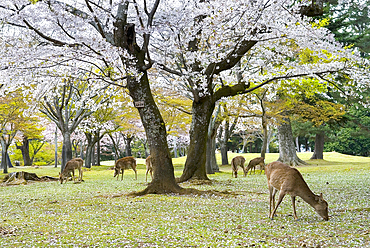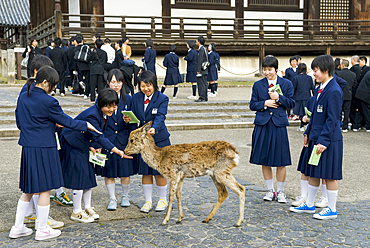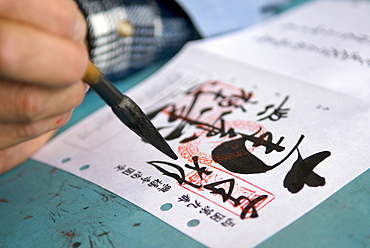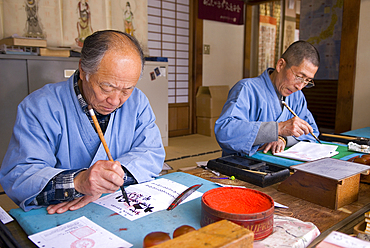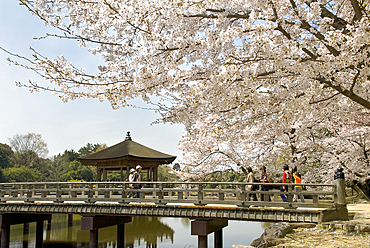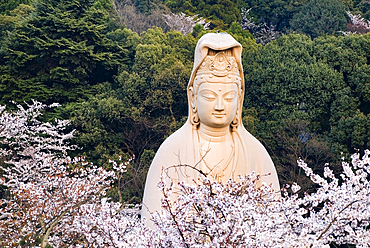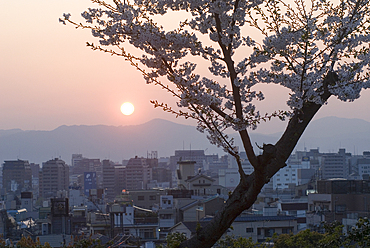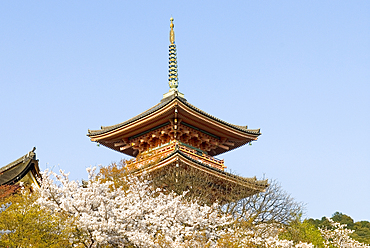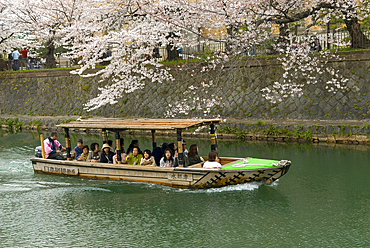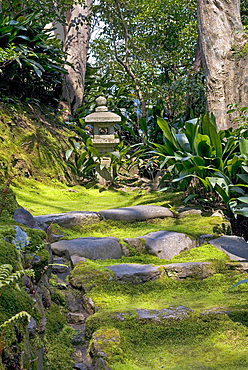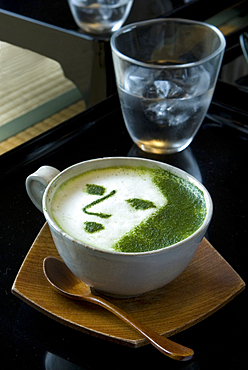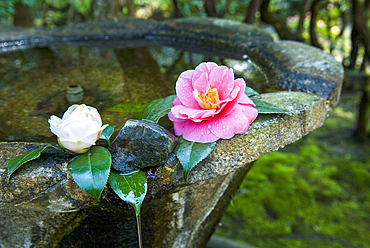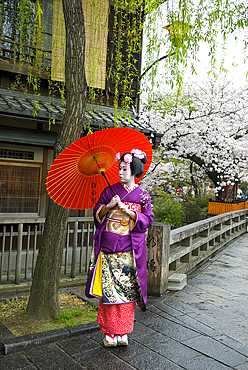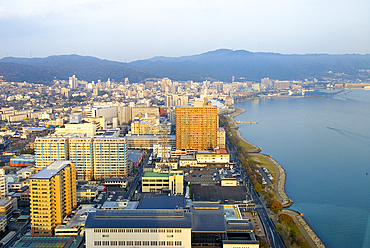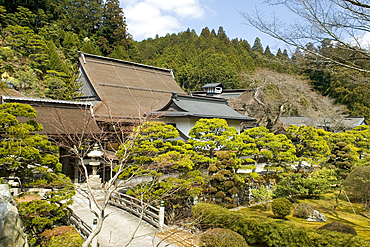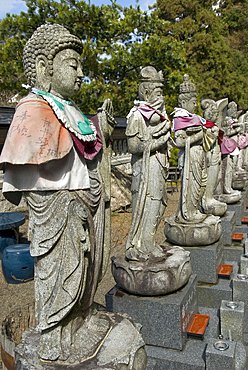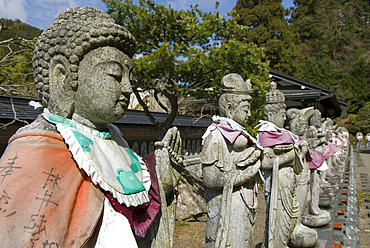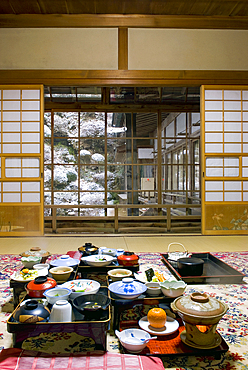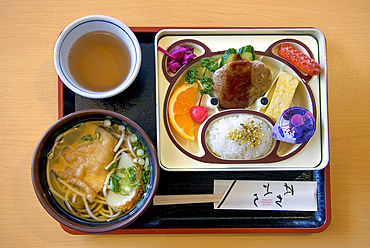Results
« Previous 1 … 16 17 18 19 20 … 54 Next »
5307 results found
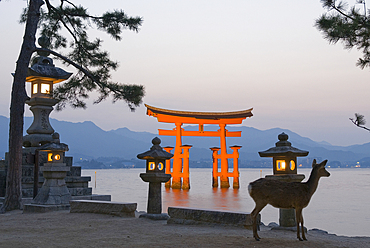
Stone lanterns and fallow deer in front of the iconic torii at the Itsukushima Shrine, on Miyajima island, hiroshima Prefecture, Japan
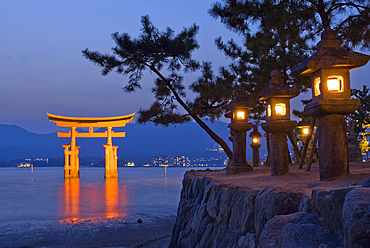
Stone lanterns and the iconic torii at the Itsukushima Shrine, on Miyajima island, hiroshima Prefecture, Japan
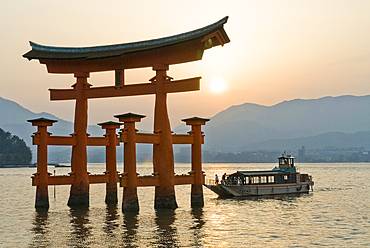
The iconic torii and a tourist cruise boatat the Itsukushima Shrine, on Miyajima island, hiroshima Prefecture, Japan
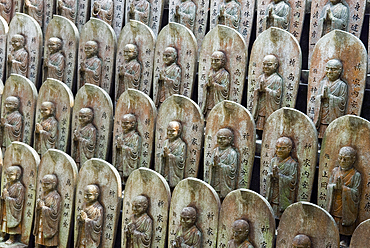
Daisho-in Temple, Japanese Buddhist temple complex on Mount Misen, Miyajima island, hiroshima Prefecture, Japan
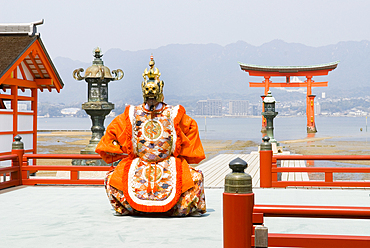
Dance ceremony 'Bugaku' on a stage of the Itsukushima-jinja Shrine on the Miyajima Island, off Hiroshima, Japan
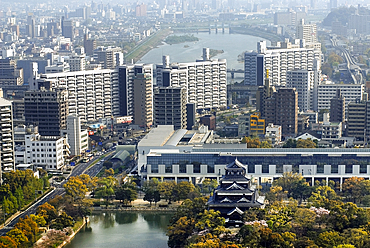
Hiroshima Castle called Carp Castle in the foreground was destroyed in the atomic bomb blast of August 6, 1945 and rebuilt in 1958, Hiroshima, Japan
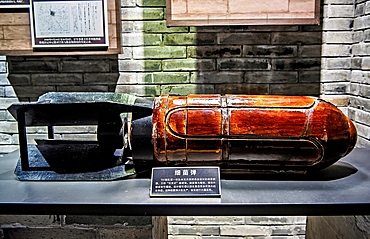
Bacteria bomb made of ceramic used by the Japanese Imperial army Unit 731 during WWII, Quzhou City, Zhejiang Province, China
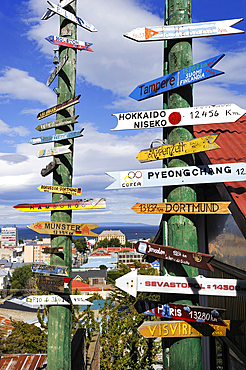
Sign post showing distance of some cities across the world from Punta Arenas, Strait of Magellan, Peninsula of Brunswick, Chile, South America
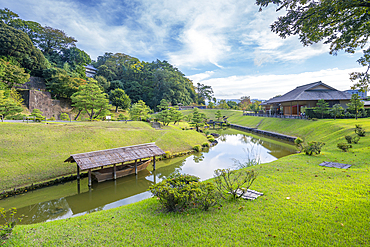
View of Gyokusenin Maru Garden in the grounds of Kanazawa Castle, Kanazawa City, Ishikawa Prefecture, Honshu, Japan
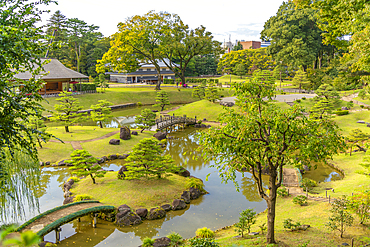
View of Gyokusenin Maru Garden in the grounds of Kanazawa Castle, Kanazawa City, Ishikawa Prefecture, Honshu, Japan
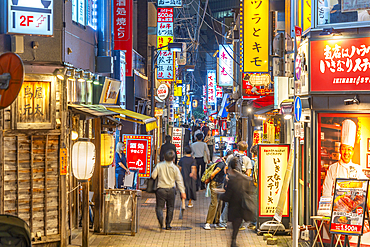
View of neon lights in narrow city street near Tokyo Tower at night, Minato City, Tokyo, Honshu, Japan
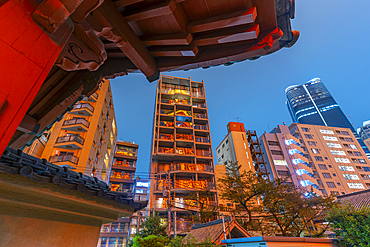
View of Tokyo Tower reflecting in city buildings and Rurikoji Buddhist Temple at night, Minato City, Tokyo, Honshu, Japan
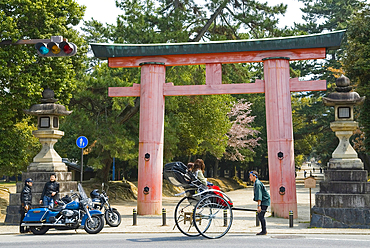
Tourist pulled rickshaw and motorcycles in fronr a torii at Kasuga Taisha Shinto shrine, Nara, Japan
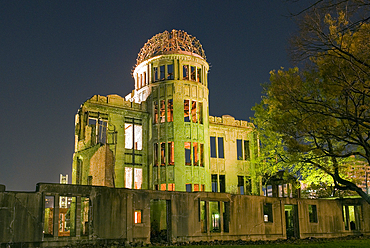
Peace Memorial called the Genbaku Dome or A-Bomb Dome, one of the few buildings remained standing after the atomic bombing of Hiroshima on 6 August 1945, Hiroshima, Japan
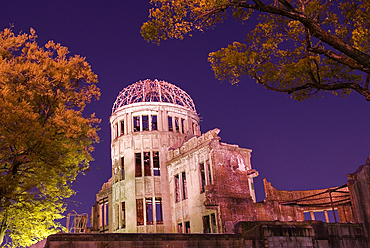
Peace Memorial called the Genbaku Dome or A-Bomb Dome, one of the few buildings remained standing after the atomic bombing of Hiroshima on 6 August 1945, Hiroshima, Japan
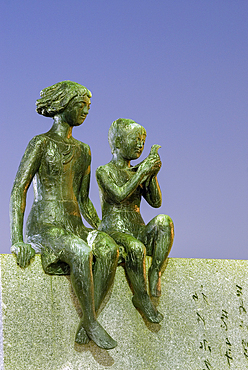
Sculpture at Hiroshima Peace Memorial Park, in memory of the victims of the nuclear attack on August 6, 1945, Hiroshima, Japan
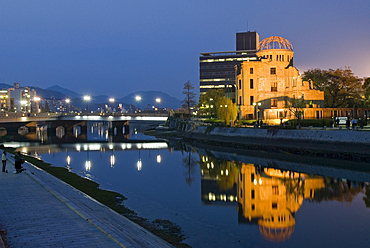
Peace Memorial called the Genbaku Dome or A-Bomb Dome, one of the few buildings remained standing after the atomic bombing of Hiroshima on 6 August 1945, Hiroshima, Japan
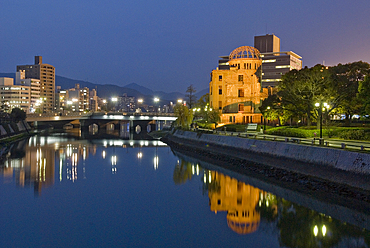
Peace Memorial called the Genbaku Dome or A-Bomb Dome, one of the few buildings remained standing after the atomic bombing of Hiroshima on 6 August 1945, Hiroshima, Japan
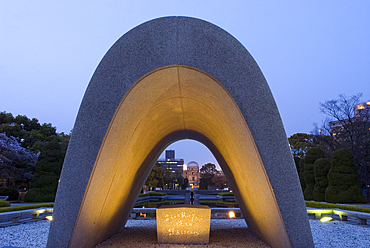
Hiroshima Peace Memorial Park, in memory of the victims of the nuclear attack on August 6, 1945. It is designed by the Japanese architect Kenzo Tange, Hirishima, Japan
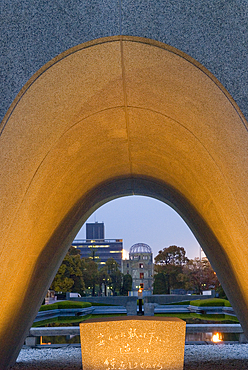
Hiroshima Peace Memorial Park, in memory of the victims of the nuclear attack on August 6, 1945. It is designed by the Japanese architect Kenzo Tange, Hirishima, Japan
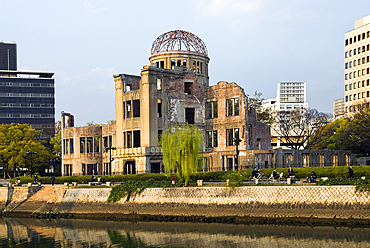
Peace Memorial called the Genbaku Dome or A-Bomb Dome, one of the few buildings remained standing after the atomic bombing of Hiroshima on 6 August 1945, Hiroshima, Japan

Peace Memorial called the Genbaku Dome or A-Bomb Dome, one of the few buildings remained standing after the atomic bombing of Hiroshima on 6 August 1945, Hiroshima, Japan
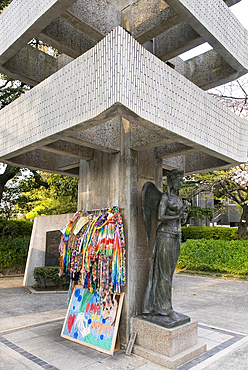
Hiroshima Peace Memorial Park, in memory of the victims of the nuclear attack on August 6, 1945, Hiroshima, Japan

Tourist pulled rickshaw and motorcycles in fronr a torii at Kasuga Taisha Shinto shrine, Nara, Japan
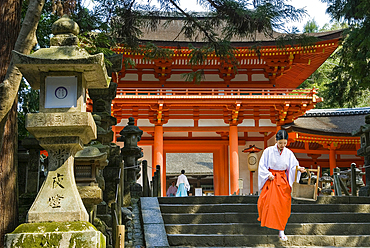
Miko or shrine maiden (Young women serving in a Shinto shrine) at Kasuga Taisha Shinto shrine, Nara, Japan
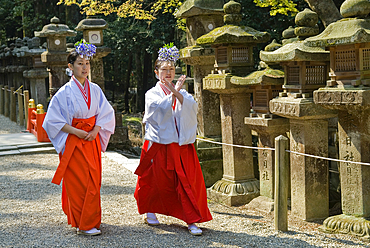
Miko or shrine maiden (Young women serving in a Shinto shrine) at Kasuga Taisha Shinto shrine, Nara, Japan
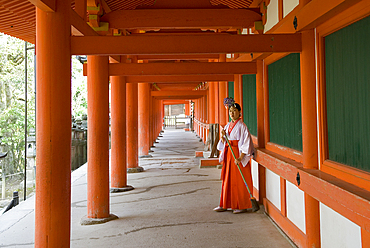
Miko or shrine maiden (Young women serving in a Shinto shrine) at Kasuga Taisha Shinto shrine, Nara, Japan
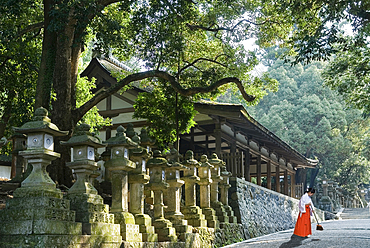
Miko or shrine maiden (Young women serving in a Shinto shrine) at Kasuga Taisha Shinto shrine, Nara, Japan
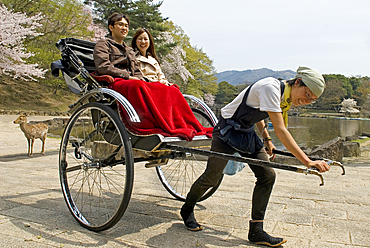
Tourist pulled rickshaw in front of the pavilion Ukimido, Sagi-ike pond, flowering cherry trees, Nara, Japan
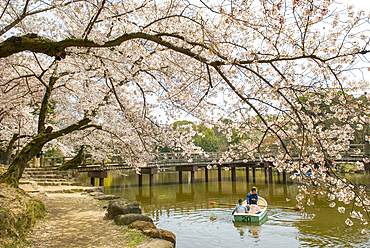
Man and hildren passing by boat in front of the pavilion Ukimido, Sagi-ike pond, flowering cherry trees, Nara, Japan
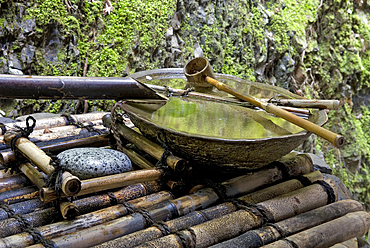
Sosu, a bamboo water fountain at Eikan-do Zenrin-ji, head temple for the Seizan branch of Jodo-Shu (Pure Land) Buddhist sect, Kyoto, Japan
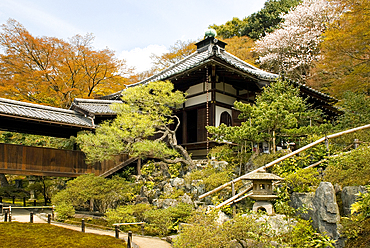
Eikan-do Zenrin-ji, head temple for the Seizan branch of Jodo-Shu (Pure Land) Buddhist sect, Kyoto, Japan
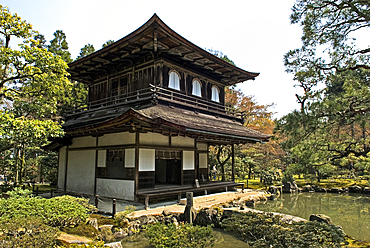
two-storied Kannon-den at Ginkaku-ji, 'Temple of the Silver Pavilion'), officially named Jishō-ji 'Temple of Shining Mercy'), a Zen temple in the Sakyo ward of Kyoto, Japan.
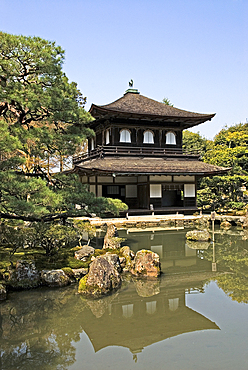
two-storied Kannon-den at Ginkaku-ji, 'Temple of the Silver Pavilion'), officially named Jishō-ji 'Temple of Shining Mercy'), a Zen temple in the Sakyo ward of Kyoto, Japan.
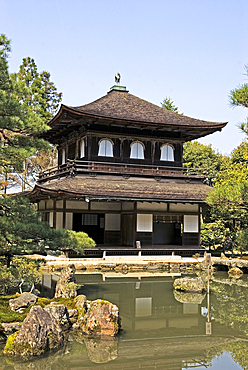
two-storied Kannon-den at Ginkaku-ji, 'Temple of the Silver Pavilion'), officially named Jishō-ji 'Temple of Shining Mercy'), a Zen temple in the Sakyo ward of Kyoto, Japan.
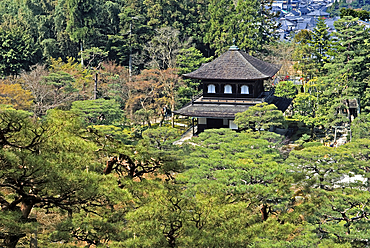
two-storied Kannon-den at Ginkaku-ji, 'Temple of the Silver Pavilion'), officially named Jishō-ji 'Temple of Shining Mercy'), a Zen temple in the Sakyo ward of Kyoto, Japan.
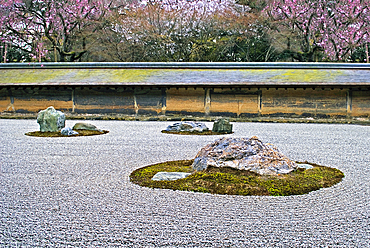
The kare-sansui (dry landscape) zen garden at Ryōan-ji (The Temple of the Dragon at Peace) one of the Historic Monuments of Ancient Kyoto, a UNESCO World Heritage Site. , Kyoto, Japan

Kinkaku-ji, 'Temple of the Golden Pavilion', officially named Rokuon-ji, (lit.���'Deer Garden Temple'), is a Zen Buddhist temple in Kyoto, one of 17 Historic Monuments of Ancient Kyoto which are World Heritage Sites. Kyoto, Japan
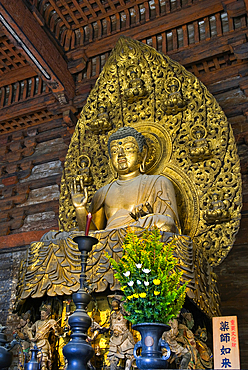
Yakushi statue in the Kondo of To-ji Temple, a Shingon Buddhist temple in the Minami-ku ward of Kyoto, Japan, East Asia
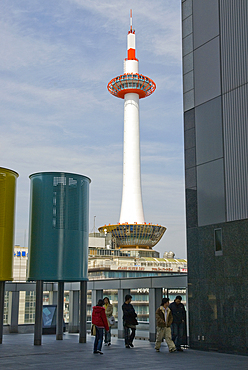
Kyoto Tower, tallest structure of Tokyo seen from Kyoto Station, it affords a 360 ° view from a platform 100 metersabove the ground, Kyoto, Japan, East Asia
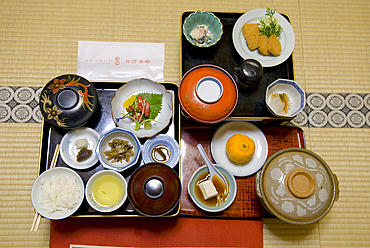
Lunch served in room at Henjoko-in Temple, Pilgrim's and tourist lodging (Shukubo), Mount Koya, Wakayama Prefecture, Japan, East Asia
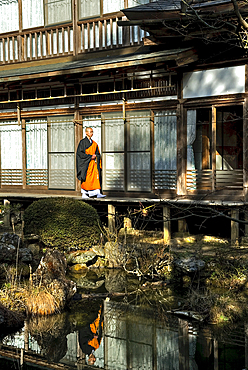
Monk at Henjoko-in Temple, Pilgrim's and tourist lodging (Shukubo), Mount Koya, Wakayama Prefecture, Japan, East Asia
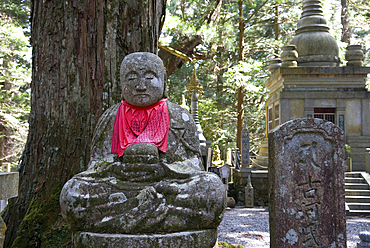
Jizo statues and graves at Okunoin of Mount Koya, a sacred Buddhist site and cemetery. Opened in 835, it houses the mausoleum of Kūkai, founder of the Shingon school of esoteric Buddhism, Wakayama Prefecture, Japan, East Asia
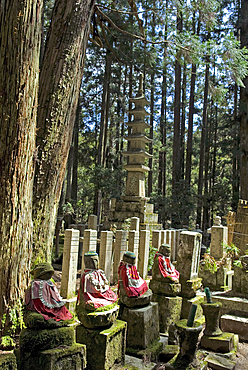
Jizo statues and graves at Okunoin of Mount Koya, a sacred Buddhist site and cemetery. Opened in 835, it houses the mausoleum of Kūkai, founder of the Shingon school of esoteric Buddhism, Wakayama Prefecture, Japan, East Asia
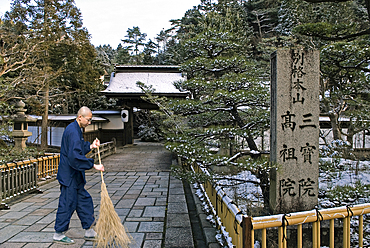
Monk sweeping the entrance of a temple, Pilgrim's and tourist lodging (Shukubo), Mount Koya, Wakayama Prefecture, Japan, East Asia
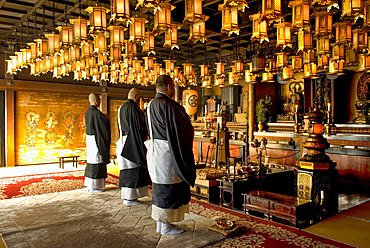
Prayer room in Henjoko-in Temple, Pilgrim's and tourist lodging (Shukubo), Mount Koya, Wakayama Prefecture, Japan, East Asia
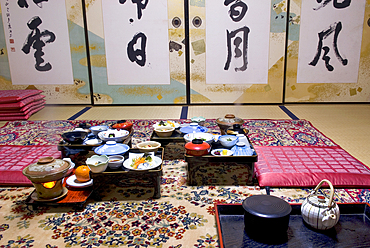
Dinner served in room at Henjoko-in Temple, Pilgrim's and tourist lodging (Shukubo), Mount Koya, Wakayama Prefecture, Japan, East Asia
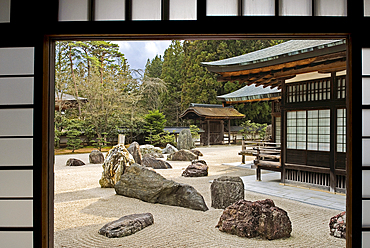
Kongobuji, head temple of Koyasan Shingon Buddhism on Mount Koya, 'Sacred Sites and Pilgrimage Routes in the Kii Mountain Range' UNESCO World Heritage Site, Wakayama Prefecture, Japan, East Asia
